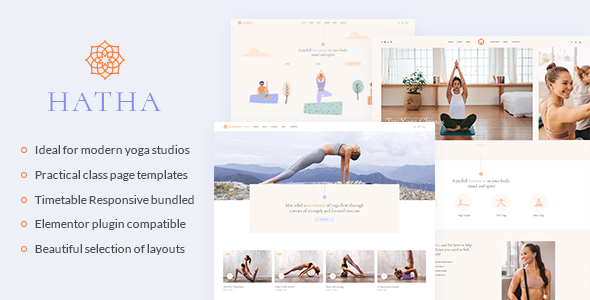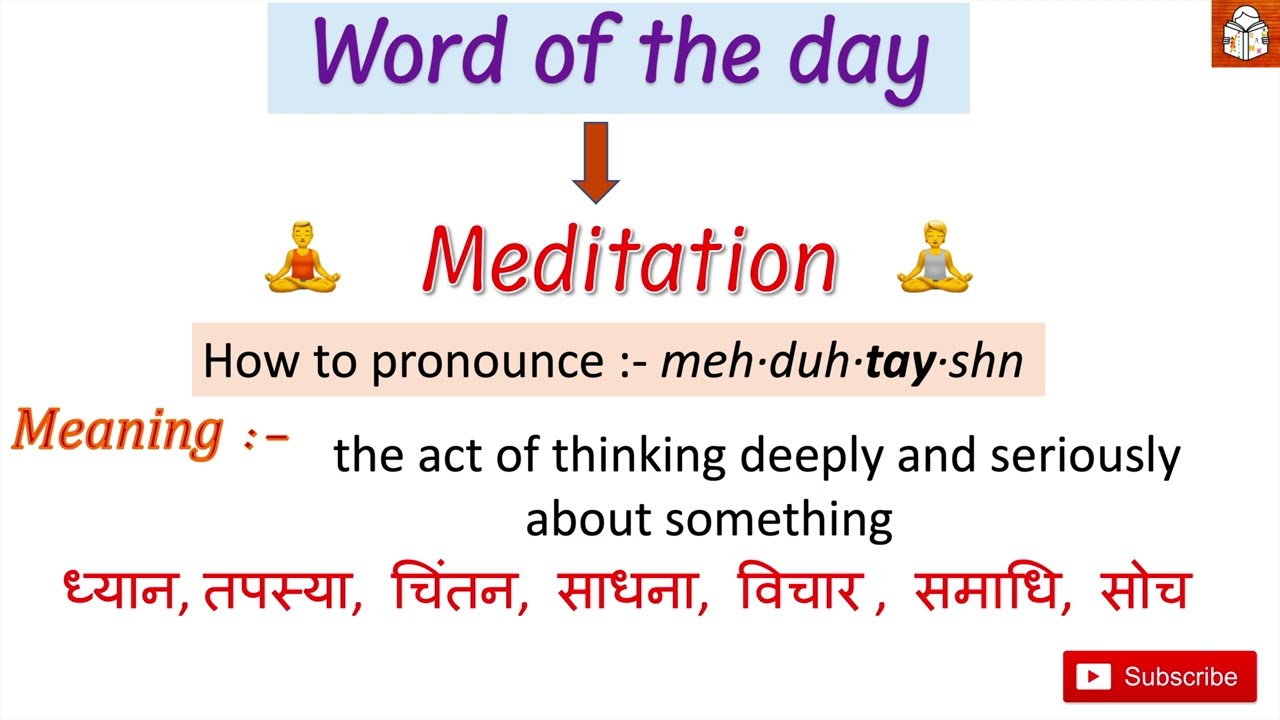
The Yogic sciences have been around for thousands of years, but today, they are less understood and respected than they once were. The language and the interpretations used for communicating them have caused them to be forgotten, misunderstood, misused, and lost. Worse, they are no longer relevant to the modern world. The fact is that many of the ancient texts were written in languages that were common during their time.
The purpose of yogic sciences
In ancient times, the practice of yoga was conceived as a spiritual development technique aimed at developing awareness, discernment, and self-regulation, and raising one's consciousness. Yoga is now primarily used for physical growth, but the original purpose of yoga was to foster an awareness and infinite consciousness. These principles are the foundation of yoga science. Students learn to apply them in their everyday lives.

Methods of teaching Yoga
There are many methods of teaching yoga. These include chanting the aum sound and using props. Teachers use many different techniques to communicate their message. To make a yoga class a success, you must be patient and keep your mind and emotions balanced. Emotional balance allows you to stay focused and positive which is crucial for building deep connections. Mental balance helps to keep you present and centered. It also impacts your teaching style.
Faculty members
India has a long tradition of Yogic sciences. The department is home to a talented and knowledgeable faculty. Members of this department have received numerous awards and participated in numerous seminars, conferences, workshops and other activities in India and abroad. They have also conducted research and attended workshops in China, Slovenia, and the United States. The faculty is committed in continuing education yoga practitioners. Many department members are acknowledged leaders in their fields.
Qualifications for a career in yogic sciences
There are many opportunities to work in the yoga profession. Many government agencies, health institutes, and other organizations offer various positions for yogic science professionals. Academic institutes also offer positions for qualified yoga professionals. These opportunities come in different salary ranges and aren't limited to any one area or city. The following job opportunities are most commonly available in the yoga sector.

Certification in yogic science
Adult learners may choose to earn a Yoga sciences certification to expand their job market opportunities or improve their overall health and wellness. Students interested in the therapeutic application of yoga may be nursing students, social work majors, or psychology majors interested in holistic approaches to learning. Other students may be interested in the philosophy of Indian medicine, naturopathic medicine, or functional and alternative medicine. Teachers might be interested in learning more about yoga and improving their teaching methods.
FAQ
Are yoga mats necessary?
Not necessarily. Many studios offer mats to students. These mats, which are often made of rubber, are easy to clean.
You might also consider purchasing your mat. A high-quality mat will last many years.
Yoga involves a lot of sweating.
It all depends on what type of yoga you are practicing. Vinyasa flow or power yoga involves a lot more jumping, twisting, turning and turning. As a result, it's common for people to sweat heavily while practicing.
In contrast, Hatha yoga focuses on poses like forwarding bends and twists. Most practitioners won't sweat much because these poses aren’t too strenuous.
What is the difference in yoga and pilates?
Yoga and pilates are effective workout programs but differ in how they work. Both are based around stretching, but yoga is more focused on challenging your core muscles to build strength.
Pilates emphasizes strengthening your core muscles as well as improving your balance. It's important to note that yoga can be used to complement pilates workouts.
Does yoga have side effects?
Like all forms of physical activity, yoga has some potential risks. Injury is the main danger. You should be able to safely perform each pose.
You might feel dizzy or faint if you are new to yoga.
This happens because of blood pooling in the brain. This sensation will quickly go away, but don't panic.
If you experience chest pains while doing downward-facing dogs, make sure you don't hold your breath. You will only increase the heart rate and make matters worse.
What are the different types of yoga?
The most popular type of yoga is Bikram Yoga (Bikram heated). Other forms include Hatha, Ashtanga, Vinyasa, Iyengar, Kundalini, Yin, Power Yoga, Flow Yoga, Reiki, Pilates, Restorative, Aerial, etc.
How long does it take for you to master yoga?
Yoga is a long-term journey that requires patience and dedication. Learning new things takes everyone at their own pace.
Accordingly, it doesn't matter how old you are. With enough commitment and hard work, you can master any yoga routine.
Statistics
- About one in seven U.S. adults practiced yoga in the past 12 months, according to a 2017 national survey. (nccih.nih.gov)
- In comparison, a 125-pound person is estimated to burn 135 calories in 30 minutes of walking (at a pace of 15-minute miles) and 210 calories bicycling at a moderate pace on a stationary bike. (everydayhealth.com)
- The people in the yoga group were 37 percent more likely to have quit smoking by the end of the 8-week program. (nccih.nih.gov)
- A 2020 review of 27 studies (1,805 total participants) of yoga interventions in children or adolescents found reductions in anxiety or depression in 70 percent of the studies, with more promising results for anxiety. (nccih.nih.gov)
- Gentle yoga has been shown to ease some of the discomforts of tender, swollen joints for people with arthritis, according to a Johns Hopkins review of 11 recent studies. (hopkinsmedicine.org)
External Links
How To
What is the best location to practice yoga in?
There are no wrong or right ways to practice yoga. Everybody is unique. The most important thing is to feel at ease in the positions you choose.
Here are some common poses:
For beginners, standing poses are a good choice because you can see your body from various angles. They make it easier to concentrate on your breathing.
Forward bends – Forward bends can be used to loosen tight areas in the body. These can be done while you are sitting or lying down.
Backbends-Backbends are generally considered advanced poses. Instructors can help you decide if this is a pose you would like to try.
Inversions: Inversions are poses where you balance on your side. This is a challenging but rewarding type of yoga.